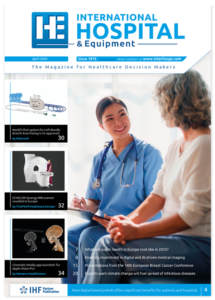Less invasive surgery detects residual breast cancer in lymph nodes after chemotherapy
Most patients whose breast cancer has spread to their lymph nodes have most of the lymph nodes in their armpit area removed after chemotherapy to see if any cancer remains. A study conducted through the American College of Surgeons Oncology Group and led by Judy Boughey, M.D. a breast surgeon at Mayo Clinic shows that a less invasive procedure known as sentinel lymph node surgery successfully identified whether cancer remained in lymph nodes in 91 percent of patients with node-positive breast cancer who received chemotherapy before their surgery. In sentinel lymph node surgery, only a few lymph nodes, the ones most likely to contain cancer, are removed.
‘Since treatment with chemotherapy before surgery can eliminate cancer in the lymph nodes in some patients, we were interested in evaluating whether sentinel lymph node surgery could successfully identify whether cancer remained in the lymph nodes after chemotherapy,’ says Dr. Boughey. Removing only a few lymph nodes reduces the risk of surgical complications such as numbness and arm swelling, she says.
Researchers studied 756 women with node-positive breast cancer who received chemotherapy as an initial treatment. Of study participants, 637 patients had both sentinel lymph node and axillary lymph node surgery. Sentinel lymph node surgery correctly identified whether cancer lingered in 91 percent of patients, including 255 patients with node-negative breast cancer and 326 patients with continuing node-positive disease.
Researchers also found that 40 percent of the patients had complete eradication of the cancer from the lymph nodes. The study had a false-negative rate of 12.6 percent and the false negative rate was significantly lower with the use of dual tracers (blue dye and radiolabeled colloid) to identify the sentinel lymph nodes.
Dr. Boughey says that technical factors in surgery are important to help ensure correct staging, the process of determining how far cancer may have spread.
Mayo Clinic Cancer Center
